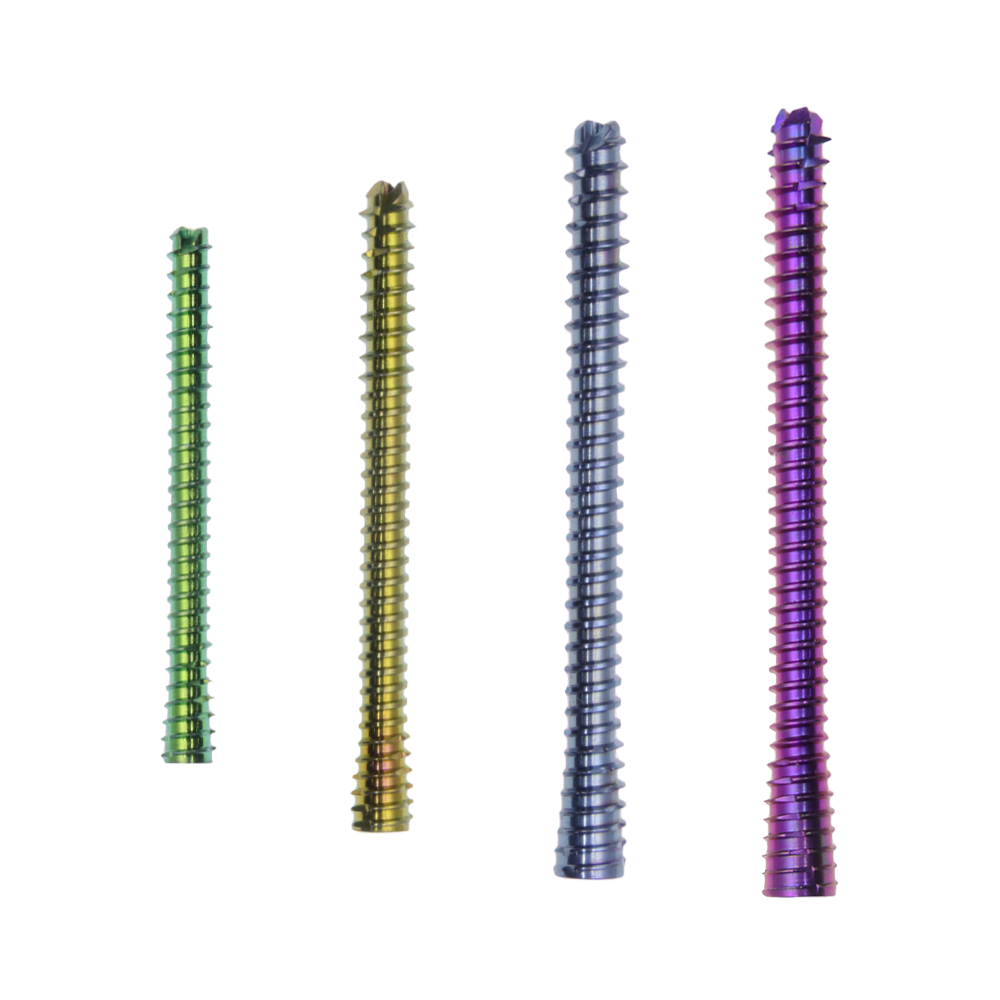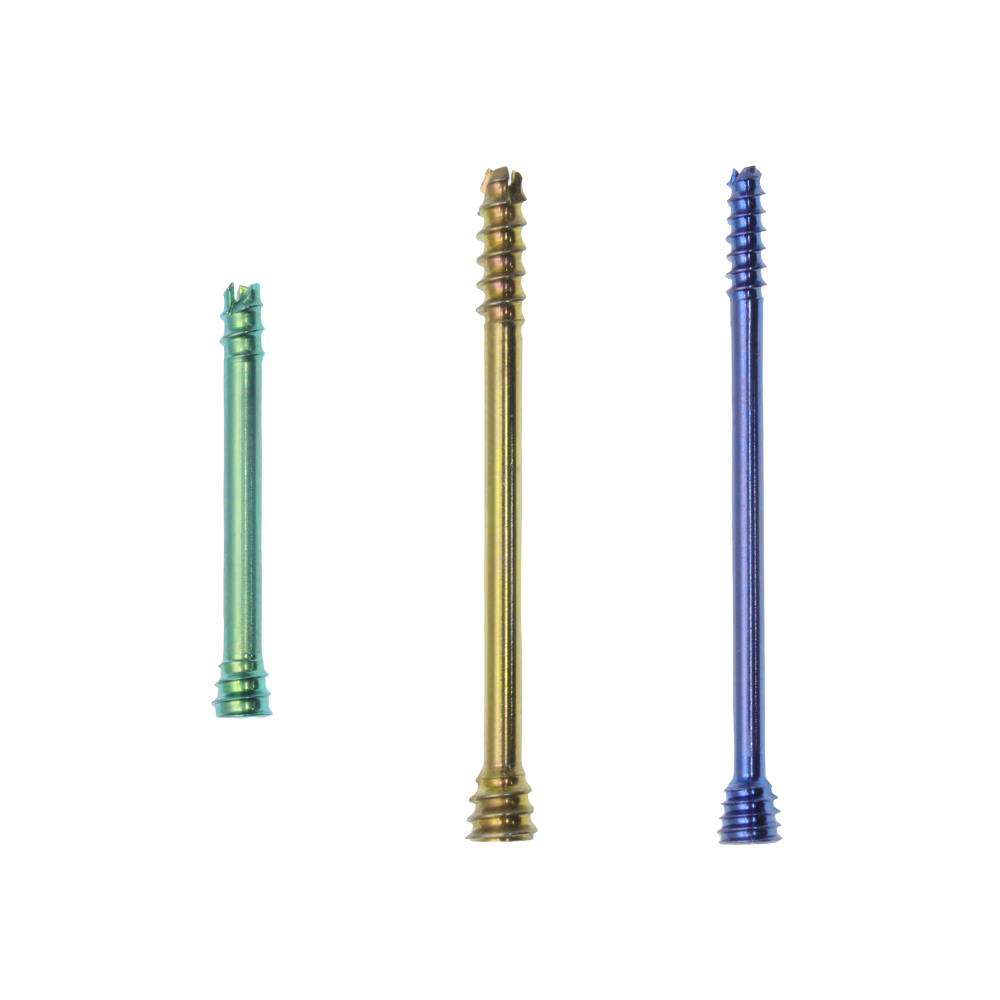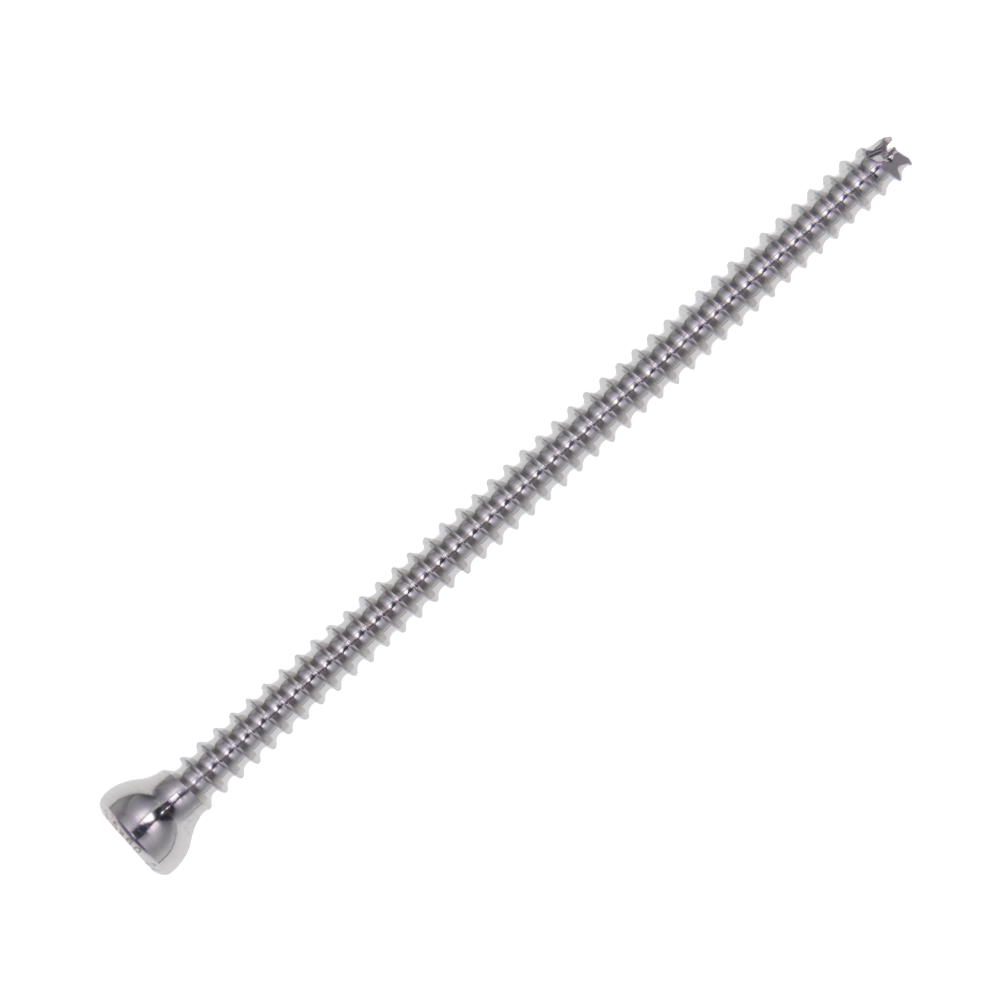types of screws used in orthopaedic surgery
Orthopedic screws represent essential components in modern surgical procedures, serving as crucial fixation devices in bone reconstruction and repair. These specialized medical devices come in various types, including cortical screws, cancellous screws, cannulated screws, and headless compression screws. Cortical screws feature deeper threads designed for dense cortical bone, while cancellous screws possess wider threads optimal for softer cancellous bone. Cannulated screws contain a hollow core that allows for precise placement over guide wires, ensuring accurate positioning during complex procedures. Headless compression screws offer the advantage of complete embedding within the bone, reducing soft tissue irritation. Modern orthopedic screws incorporate advanced materials such as titanium alloys and stainless steel, offering superior biocompatibility and strength. These screws typically feature self-tapping designs, reducing the need for pre-drilling and streamlining surgical procedures. Their applications span from simple fracture fixation to complex joint reconstruction, making them indispensable in treating various orthopedic conditions.


